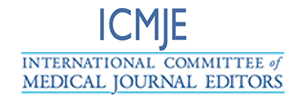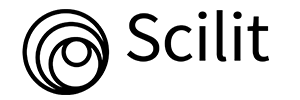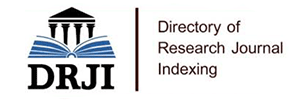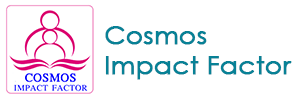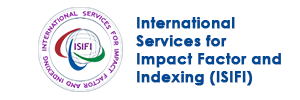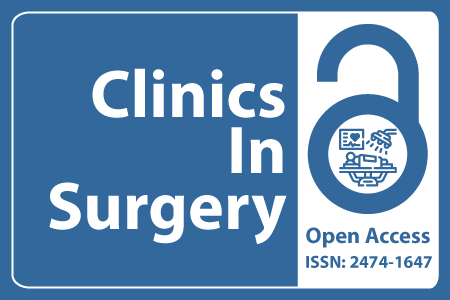
Journal Basic Info
- Impact Factor: 1.995**
- H-Index: 8
- ISSN: 2474-1647
- DOI: 10.25107/2474-1647
Major Scope
- Gastroenterological Surgery
- Vascular Surgery
- Otolaryngology - Head and Neck Surgery
- Plastic Surgery
- Emergency Surgery
- Orthopaedic Surgery
- Cardiovascular Surgery
- Obstetrics Surgery
Abstract
Citation: Clin Surg. 2018;3(1):2008.Research Article | Open Access
Risk Factors for Recurrence after Endovascular Treatment of Saccular Cerebral Aneurysms
Yasuhiro Kawabata, Takuya Nakazawa, Naohiro Yonemoto, Shunichi Fukuda, Tetsuya Tsukahara
Department of Neurosurgery, National Hospital Organization Kyoto Medical Center, Kyoto, Japan
Department of Neurosurgery, Kyoto Social Welfare Foundation Kyoto Katsura Hospital, Kyoto, Japan
Department of Neurosurgery, Shiga University of Medical Science Hospital, Shiga, Japan
Department of biostatistics, Kyoto University School of Public Health, Kyoto, Japan
*Correspondance to: Yasuhiro Kawabata
PDF Full Text DOI: 10.25107/2474-1647.2008
Abstract
Background and
Purpose: Endovascular coiling is the established standard treatment for managing both unruptured and ruptured cerebral aneurysms worldwide, but long-term durability remains inferior to surgical clipping. We investigated the risk factors for recurrence after endovascular treatment of cerebral aneurysms.Materials and
Methods: Between April 2012 and Aug 2016, we treated 92 patients with 95 saccular cerebral aneurysms. Aneurysms were categorized as side-wall or bifurcation type based on their morphology.Results: We included 72 patients; 31 aneurysms were classified as side-wall aneurysms, and two had an axis parallel to the parent artery. Forty-one bifurcation aneurysms had an axis either perpendicular (n=23) or parallel (n=18) to the parent artery. Twelve recurrences (16.7%) were observed during follow-up, and nine underwent retreatment after 3–25 months. All retreatments were performed endovascularly without subsequent neurological complications. In univariate analysis, aneurysm dome size, neck width, cerebral aneurysms with an axis parallel to the parent artery, and incomplete occlusion showed statistically significant associations with recurrence. In multivariate Cox regression analysis, dome size (hazard ratio: 1.38; 95% CI: 1.06–1.97; p=0.013); branch incorporation (hazard ratio: 5.76; 95% CI: 1.05–35.66; p=0.042); and axis parallel to the parent artery (hazard ratio: 33.04; 95% CI: 4.47–430.36; p=0.0004) remained risk factors for recurrence.Conclusion: Dome size, cerebral aneurysms with an axis parallel to the parent artery, and branch incorporation were significant factors for recurrence after endovascular coiling. More meticulous embolization and follow-up or alternative methods of changing blood flow into the aneurysm are necessary in this subgroup of patients.
Keywords
Cite the article
Kawabata Y, Nakazawa T, Yonemoto N, Fukuda S, Tsukahara T. Risk Factors for Recurrence after Endovascular Treatment of Saccular Cerebral Aneurysms. Clin Surg. 2018; 3: 2008.
